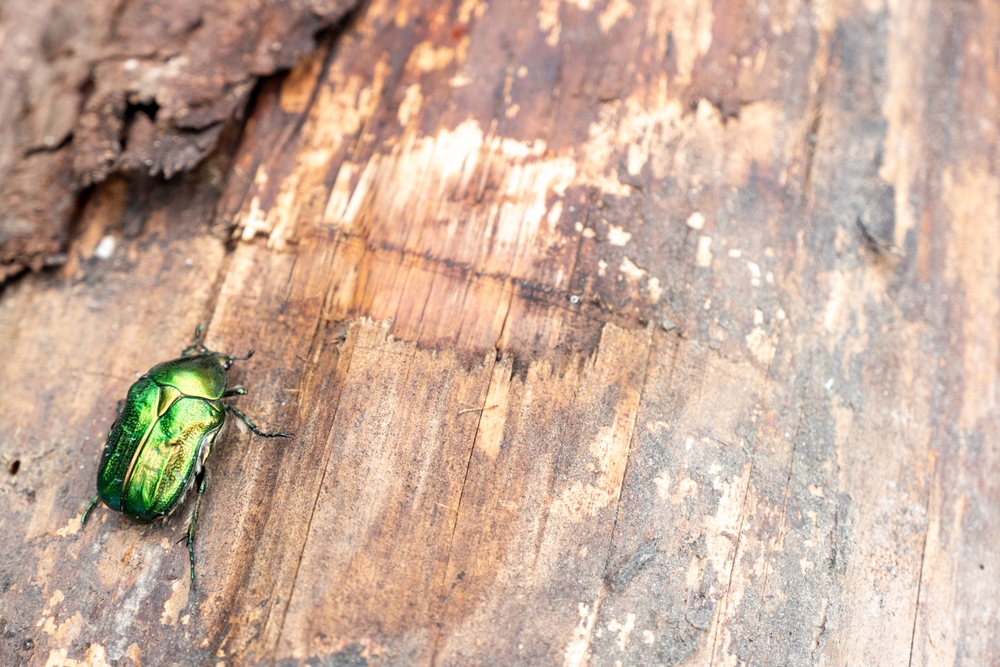What Are Signs of June Bugs?

June bugs, scientifically known as Phyllophaga, are a common sight in many parts of the world during the early summer months. These beetles are notorious for their nocturnal habits and distinctive buzzing flight. While encountering one or two June bugs might seem harmless, a significant presence can indicate an infestation that requires attention.
Identifying Signs of June Bugs
Physical Appearance
Identifying June bugs is relatively straightforward due to their distinctive appearance. These beetles typically range from half an inch to an inch in length and have an oval-shaped body with a shiny, reddish-brown or tan color. They are characterized by their large, prominent antennae that are often as long as or longer than their bodies.
Nocturnal Activity
One of the first signs of June bugs is their nocturnal behavior. These insects are most active during the evening and nighttime hours, often flying clumsily around lights or landing on surfaces near light sources. Their buzzing flight and erratic movements around outdoor lights are common sights during late spring and early summer.
Damage to Foliage
Another significant indicator of June bug presence is damage to foliage. Adult June bugs feed on the leaves of a variety of plants, including trees, shrubs, and ornamental plants. They chew irregularly shaped holes in the leaves, causing damage that can weaken the plant over time. If you notice irregular patterns of holes or extensive damage to leaves on your plants, it may be a sign of a June bug infestation.
Grubs in Soil
June bugs begin their life cycle as grubs in the soil. These larvae are white or cream-colored with a distinct C-shaped body and can be found beneath the soil surface, particularly in lawns and gardens. Signs of grubs include patches of dead or dying grass, which indicates that the grubs are feeding on the roots. If left untreated, these grubs can cause significant damage to your lawn.
Signs of a June Bug Infestation
Increased Beetle Activity
An increase in beetle activity around your property is a clear sign of a June bug infestation. If you notice a sudden surge in the number of beetles flying around outdoor lights, gathering near windows, or landing on plants, it could indicate a large population nearby.
Damage to Vegetation
As mentioned earlier, June bugs can cause noticeable damage to vegetation. If you observe extensive leaf damage or notice that plants are struggling despite regular care, it might be due to a significant population of June bugs feeding on them. Prompt identification and treatment can help mitigate further damage to your garden or landscape.
Presence of Grubs
Finding grubs in the soil is another indicator of a June bug infestation. To check for grubs, carefully dig up a small section of soil in your lawn or garden. If you find multiple C-shaped larvae beneath the surface, especially during the late spring or early summer months, it indicates that adult June bugs have laid eggs in your soil, leading to a potential infestation.
Dealing with a June Bug Infestation
Natural Predators and Controls
Several natural predators and controls can help manage June bug populations without resorting to chemical treatments. Birds, such as robins and starlings, feed on adult June bugs, while beneficial nematodes and microbial insecticides target the larvae in the soil. Additionally, maintaining a diverse and healthy garden ecosystem can naturally deter and reduce June bug populations.
Physical Barriers and Traps
Physical barriers, such as row covers or netting, can protect vulnerable plants from adult June bugs. Traps designed to attract and capture adult beetles can also be effective in reducing local populations. Emptying and disposing of traps regularly can prevent captured beetles from laying eggs and perpetuating the infestation.
Chemical Treatments
In severe cases of infestation, chemical treatments may be necessary. Insecticides labeled for use against June bugs can be applied to affected plants or soil according to the manufacturer’s instructions. It’s essential to follow safety guidelines and consider the environmental impact when using chemical treatments.
Conclusion
Recognizing the signs of June bugs and understanding the potential for infestation is crucial for maintaining a healthy garden and landscape. By identifying early indicators such as nocturnal activity, foliage damage, and the presence of grubs, you can take proactive measures to manage and mitigate June bug populations effectively. Whether through natural predators, physical barriers, or targeted treatments, addressing a June bug infestation promptly can help preserve the vitality of your plants and ensure a thriving outdoor environment.
Remember, staying vigilant and implementing appropriate control measures can make a significant difference in protecting your garden from these seasonal pests.
Need Exterminators in Bartlesville, OK?
Family owned and operated since 2003, we have earned a reputation for providing quality, reliable, timely, and affordable pest control services to the residents and businesses of Oklahoma and Kansas. Our team of highly skilled, experienced, and certified staff uses only use the most technologically advanced treatment methods while respecting your home needs. We specialize in the removal of ants and carpenter ants, termites, cockroaches, fleas, spiders, bed bugs, stinging insects, mice, rats and more! We offer monthly, bi-monthly, quarterly, semi-annual and annual service for your convenience and peace of mind! Contact us today to learn more about what we can do for you!
